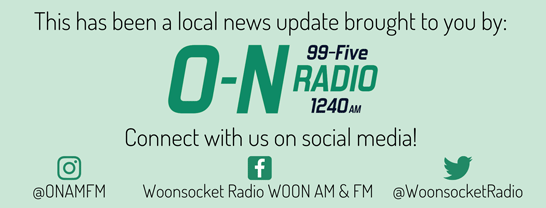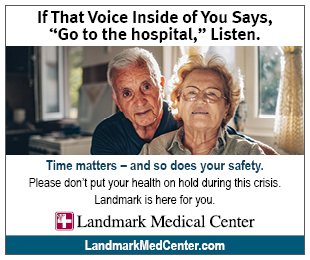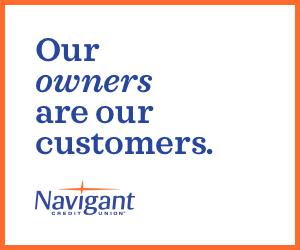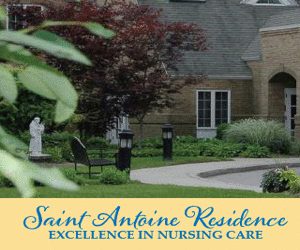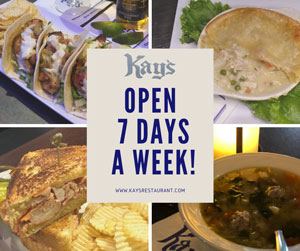Rhode Island Department of Environmental Management
235 Promenade Street | Providence, RI 02908 | 401.222.4700 | www.dem.ri.gov | @RhodeIslandDEM
DEM ANNOUNCES RECLASSIFICATION OF SHELLFISHING GROUNDS IN LOWER PROVIDENCE RIVER AND PORTION OF THE UPPER BAY TAKE EFFECT WEDNESDAY, MAY 26; SEASONAL CLOSURES TAKE EFFECT AT SUNRISE ON SATURDAY, MAY 29
PROVIDENCE - The Rhode Island Department of Environmental Management (DEM) today announced the reclassification of two areas of the state's shellfish harvesting waters. As a result of continued water quality improvements in Narragansett Bay, the lower two miles of the seven-mile long Providence River known as Conditional Area E will soon be open for quahog— sometimes spelled quahaug — harvesting. Areas of the Upper Bay near Old Mill Creek in Warwick have also been reclassified based on water quality monitoring results. The changes take effect at sunrise on Wednesday, May 26.

CLASSIFICATION CHANGES
New Conditional Area E
Beginning Wednesday, May 26 — for the first time in the 75 years since records have been kept — a portion of the lower Providence River will open to quahog harvesting on a conditional basis. Over 1,900 acres, or 35 percent of the Providence River, will open to shell fishing in accordance with a carefully developed harvest schedule and subject to the provision that not more than a half-inch of rainfall has occurred in the prior seven days. The opening of this area is expected to result in a significant expansion of Rhode Island’s quahog fishery, with millions of additional clams available for harvest.
“This is a tremendous day for Rhode Island that many never thought possible,” said DEM Director Janet Coit. “The opening of these new shellfishing grounds is the result of water quality improvements from decades of intense efforts to clean up the Providence River and Narragansett Bay. Opportunities to harvest shellfish in Narragansett Bay and our coastal waters are increasing thanks to strong environmental laws and significant investments in pollution abatement programs implemented by DEM, the Narragansett Bay Commission and local communities.”
“This is an historic moment. Narragansett Bay is cleaner than it has been in 150 years. Our decades of work and investment in clean water — treatment plant improvements, commitment to renewable energy, combined sewer overflow tunnels — have real and meaningful impact for Rhode Island’s environment, public health, and economy,” said Narragansett Bay Commission Chairman Vincent Mesolella. “And now, as the benefits move further up into the Providence River, even more Rhode Islanders can enjoy access to clean water in their communities.”
DEM’s Office of Water Resources and Division of Marine Fisheries, along with the RI Department of Health, have determined that these waters can be opened in a safe and sustainable manner. To view a document that summarizes water quality and quahog tissue sampling results click here. DEM has also received input from the RI Shellfishermen’s Association, Shellfish Advisory Panel, and the Marine Fisheries Council to establish management measures that time the harvest of quahogs around periods of peak market demand. "I am proud of the work our team and partners are doing to protect and improve water quality in Narragansett Bay so activities like shell fishing can grow and thrive,” Director Coit noted.
“The RI Shellfishermen’s Association is looking forward to the opening of Conditional Area E,” said Mike McGiveney, RISA President. “We want to thank everyone involved in efforts to help improve water quality and make this new area available to the men and women who harvest quahogs. This is an economic and environmental win for all Rhode Islanders.”
Conditional Area E will be open for quahog harvesting from 8 a.m. to 11 a.m. on 27 pre-selected days between May 26 and August 4, provided that less than a half-inch of rainfall has occurred in the prior seven days. If the area is closed due to rainfall, other days may be substituted.
Conditional Area E Season: Open from 8 a.m. to 11 a.m. only on the following dates:
· May 2021: May 26 and 28
· June 2021: June 2, 4, 7, 9, 11, 14, 16, 25, 28, 30
· July 2021: July 2, 6, 7, 9, 12, 14, 16, 19, 21, 23, 26, 28, 30
· August 2021: August 2 and 4
If any of the dates listed above are closed to shellfish harvesting due to water quality impairment, alternate dates will be established.
DEM will notify the public when harvesting ends for the season or alternate dates are added via the Division of Marine Fisheries’ listserve and webpage. Click here to sign up for the listserve.
As noted in the shell fishing map above, localized pollution sources such as urban stormwater are impacting some areas of the Lower Providence River that will remain prohibited to shellfish harvest.
Everyone is urged to be mindful of private property and local parking restrictions. Rhode Island Sea Grant (RISG) has developed a web-based app, Discovering the Rhode Island Shore, with a digital update of Public Access to the Rhode Island Coast, published in 2004 by RISG with the cooperation of the RI Coastal Management Council (CRMC).
Former Conditional Area D
The second classification change will result in waters classified as Prohibited. Due to declining water quality, a portion of the former Conditional Area D (outside of Old Mill Creek) in Warwick will be reclassified as Prohibited (52 acres), and the remaining portion (approximately 90 acres) will become part of Conditional Area A (see map below). This change highlights that additional work is needed to address localized pollution sources such as urban stormwater, cesspools, and inadequate septic systems in the Buckeye Brook watershed that are impacting bacteria levels and shell fishing. Old Mill Creek has been classified Prohibited for many years.

Seasonal Shellfish Closures
DEM also announces that seasonal shellfish area closures will take effect at sunrise on Saturday, May 29, and will remain in place until Tuesday, October 12. Consistent with federal requirements, DEM closes some local waters to the harvesting of shellfish every year at this time due to potential water quality impacts associated with marinas and mooring fields. The areas are within:
o Bristol Harbor
o Dutch Harbor Area, Jamestown
o Fishing Cove, Wickford Harbor
o Great Salt Pond and Trims Pond, Block Island
o Potter Cove, Prudence Island
o Sakonnet Harbor, Little Compton
In addition, the smaller marina closures in the southern coastal ponds, Fort Wetherill, and the Kickemuit River in Warren will also go into effect at sunrise on May 29.
Rhode Island shellfish are much sought-after seafood because of a long history of delivering a high-quality product. This is achieved by diligent monitoring of shellfish harvesting waters, protecting public health with a high level of oversight when conditions indicate a change in water quality either from natural sources such as algae blooms or by the quick response to emergency conditions. DEM, Rhode Island Department of Health, and the CRMC, along with industry partners, collaborate to ensure that shellfish grown and harvested from Rhode Island waters continues to be a quality safe seafood product to be enjoyed by all consumers.
For more information on the shellfish harvesting reclassification, review the annual notice available at RIDEM - Shellfish. An interactive shellfishing map is also available.
For information on emergency and conditional area water quality related shellfish closures, call DEM’s 24-hour shell fishing hotline at 401-222-2900, visit www.dem.ri.gov/shellfish, or sign up for the Office of Water Resources' listserve here: This email address is being protected from spambots. You need JavaScript enabled to view it. . Follow DEM on Twitter (@RhodeIslandDEM) or Facebook at www.facebook.com/RhodeIslandDEM .
-30-
